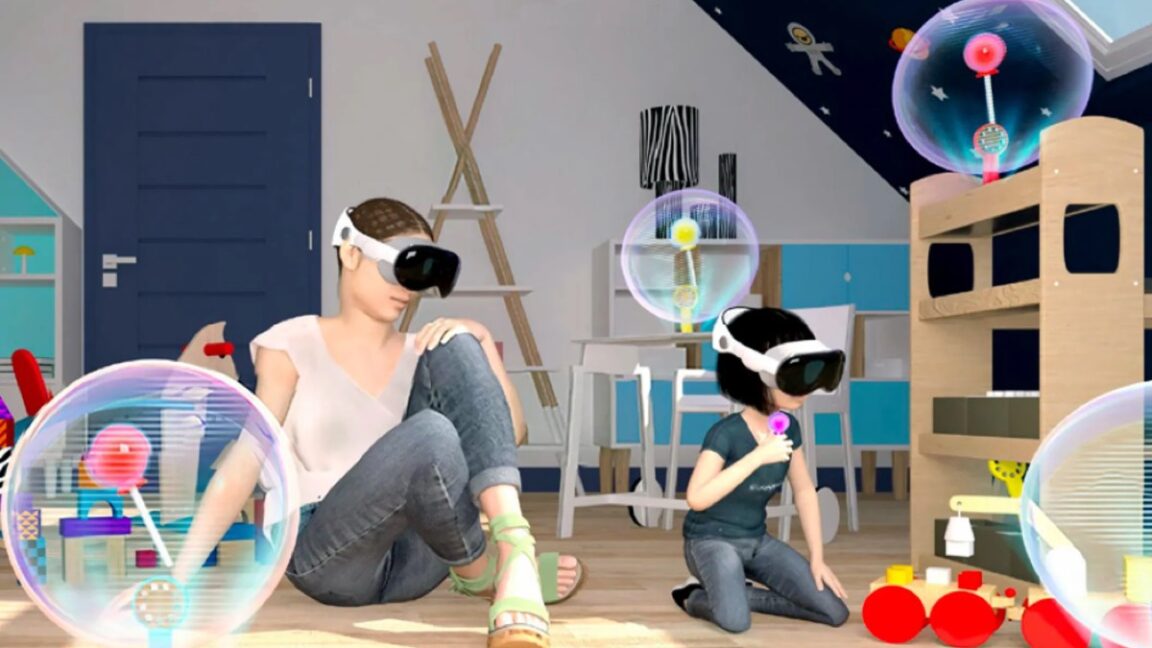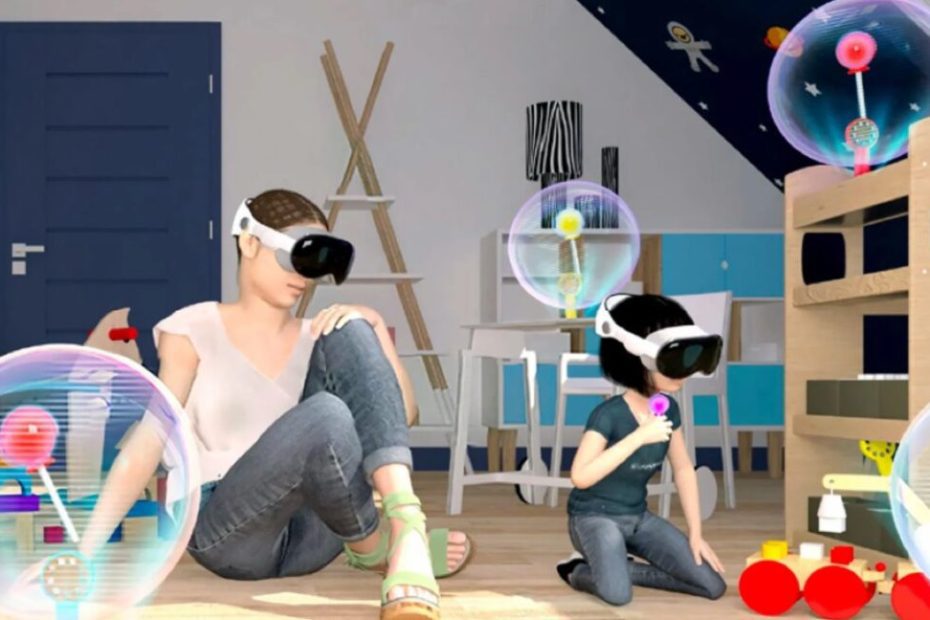
Demonstration of the lollipop user interface to simulate taste in virtual and augmented reality environments. Credit: Lu et al, 2024/PNAS
Virtual reality (VR) technology has long sought to integrate the human senses into virtual and mixed-reality environments. In addition to sight and sound, researchers have tried to add the sensation of human touch and smell through various user interfaces, as well as taste. But the latter turns out to be quite a challenge. A team of scientists from Hong Kong has now developed a wearable user interface in the shape of a lollipop that can mimic different flavors in a virtual environment, according to a new paper published in the Proceedings of the National Academy of Sciences (PNAS).
It is well known that human taste consists of sweet, salty, sour, bitter and umami – five basic tastes produced by chemical stimulation of the tongue and, to a lesser extent, parts of the pharynx, larynx and epiglottis. Recreating these sensations in VR has resulted in a handful of attempts at a gustatory user interface, using mechanisms such as chemical, thermal and electrical stimulation, as well as iontophoresis.
The chemical approach usually involves applying flavoring agents directly to the tongue, but this requires space for bulk storage of the said chemicals, and there is a long lag time that is not ideal for VR applications. Thermal variations applied directly to the tongue can stimulate taste sensations, but require a complex system including a cooling subsystem and temperature sensors.
The most common method is electrical stimulation, which simulates the five basic tastes by varying the frequency, intensity and direction of electrical signals on the tongue. But this method requires placing electrode patches on or near the tongue, which is difficult, and the method is sensitive to taste abnormalities.
That's why Yiming Liu of the City University of Hong Kong and co-authors chose to work with iontophoresis, which achieves stable taste feedback by using ions flowing through biologically safe hydrogels to transport flavor chemicals. This method is safe, requires low power consumption, provides accurate taste feedback and provides a more natural human-machine interface. Liu et al. improved on recent advances in this field by developing their portable lollipop-shaped user interface device, which also improves taste quality and consistency.

